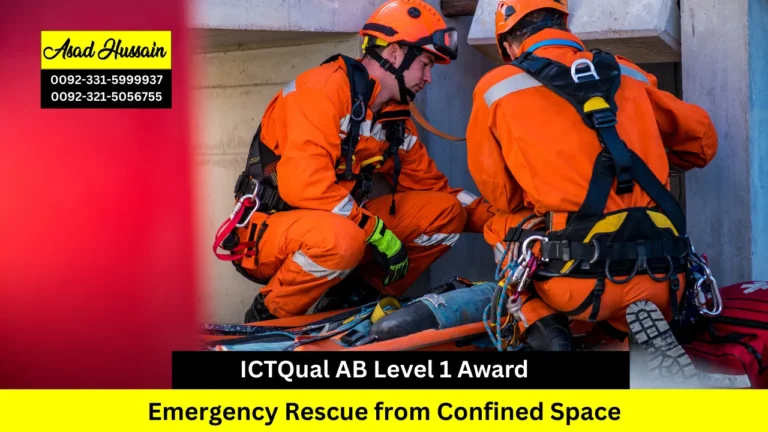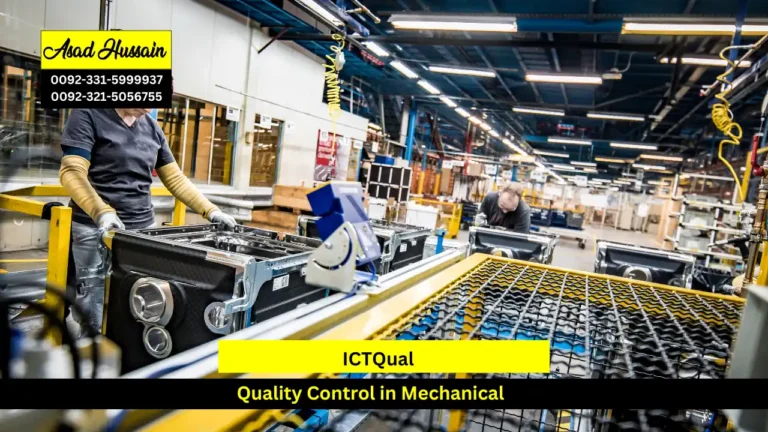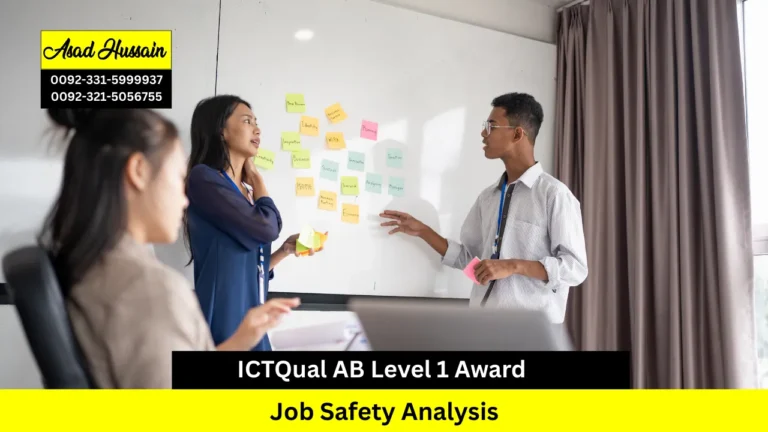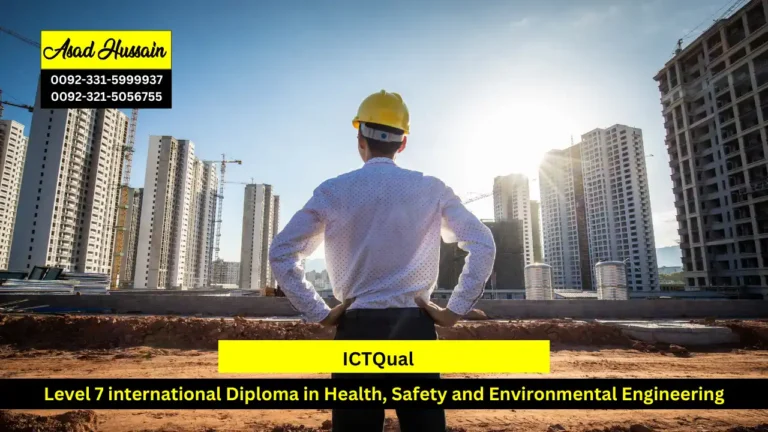In industries ranging from construction to manufacturing, and from utilities to maintenance, confined spaces present unique challenges and potential hazards. To ensure safety and compliance, many organizations mandate specialized training for those who will work in or around these environments. One key qualification is the Level 1 Award in Confined Space Entry, an essential credential for anyone involved in confined space operations. This blog post explores what this award entails, why it’s important, and how it benefits both individuals and organizations.
The Level 1 Award in Confined Space Entry is a qualification designed to ensure that individuals have the necessary knowledge and skills to safely enter and work in confined spaces. This qualification is typically aimed at those who will be working in confined spaces under relatively low-risk conditions, where the hazards are minimal but still require careful management.
For individuals, obtaining the Level 1 Award can enhance career prospects by showcasing their specialized skills and dedication to safety. It can also be a stepping stone to more advanced qualifications and roles.
The Level 1 Award in Confined Space Entry is more than just a certificate; it’s a vital component of a robust safety culture. By investing in this training, organizations can protect their employees, ensure compliance with regulations, and foster a safer working environment. For individuals, it opens doors to new career opportunities and professional growth. Whether you’re an employer or an employee, this qualification is a crucial step towards mastering the complexities and challenges of working in confined spaces.
Stay safe and informed, and make sure you and your team are properly trained to handle the demands of confined space entry.
Program Highlights
Mandatory Units
- Understanding Confined Spaces
- Legislation and Regulations
- Hazard Identification and Risk Assessment
- Personal Protective Equipment (PPE) and Safety Gear
- Entry and Exit Procedures
- Atmospheric Monitoring and Gas Detection
- Emergency Procedures and Rescue Techniques
- Participants must be at least 18 years old. This ensures that all individuals are legally adults and can fully comprehend the course material and participate in practical exercises.
- A basic level of literacy and numeracy is required to engage with the course material, understand safety instructions, complete written assessments, and perform basic calculations relevant to confined space entry.
- Confined space work can be physically demanding and may require individuals to navigate tight spaces, use ladders or scaffolding, and carry heavy equipment. Participants should be in good health with no medical conditions that could impede their ability to safely perform tasks in confined spaces.
- While prior experience in confined space work is not mandatory, participants should have a basic understanding of workplace health and safety principles. This could include knowledge of hazard identification, risk assessment, and the proper use of personal protective equipment (PPE).
- Proficiency in the language in which the course is delivered is essential to ensure participants can comprehend instructions, engage in discussions, and complete assessments effectively. For non-native speakers, a language proficiency test may be required.
Understanding Confined Spaces
- Define what constitutes a confined space and describe its characteristics.
- Identify common examples of confined spaces in various industries.
- Explain the potential hazards associated with confined spaces, including physical, chemical, and environmental risks.
Legislation and Regulations
- Summarize relevant health and safety legislation and regulations pertaining to confined space entry.
- Describe the responsibilities of employers and employees under these regulations.
- Outline the procedures for ensuring compliance with legal requirements and standards.
Hazard Identification and Risk Assessment
- Perform a thorough risk assessment of a confined space, including identifying potential hazards and assessing their risks.
- Apply control measures to mitigate identified risks effectively.
- Document and communicate risk assessments and safety measures to relevant stakeholders.
Personal Protective Equipment (PPE) and Safety Gear
- Identify and describe the types of personal protective equipment (PPE) and safety gear required for confined space entry.
- Demonstrate the correct use, maintenance, and storage of PPE and safety gear.
- Select appropriate PPE based on the specific hazards and requirements of the confined space.
Entry and Exit Procedures
- Outline safe procedures for entering and exiting confined spaces.
- Demonstrate proper techniques for ensuring safe entry and exit, including the use of appropriate equipment and procedures.
- Recognize and address potential entry and exit hazards.
Atmospheric Monitoring and Gas Detection
- Explain the importance of atmospheric monitoring and gas detection in confined spaces.
- Operate gas detection equipment to identify and measure atmospheric hazards such as toxic gases, flammable substances, and oxygen levels.
- Interpret gas detection readings and take appropriate action based on the results.
Emergency Procedures and Rescue Techniques
- Outline emergency procedures and protocols for confined space incidents.
- Demonstrate the use of rescue equipment and techniques for safe extraction of individuals in emergencies.
- Respond effectively to various emergency scenarios, including initiating emergency evacuation and providing first aid if necessary.
The Level 1 Award in Confined Space Entry is essential for anyone who works in or manages confined spaces, including maintenance workers, construction professionals, facility managers, and utility personnel. This course is particularly beneficial for individuals who are directly involved in tasks within confined environments or those responsible for ensuring the safety and compliance of confined space operations. Safety officers and supervisors who oversee teams working in confined spaces will also find this training crucial for understanding and implementing effective safety protocols. Essentially, the course caters to all personnel who need to be equipped with the foundational knowledge and skills to navigate confined spaces safely and comply with relevant health and safety regulations.







